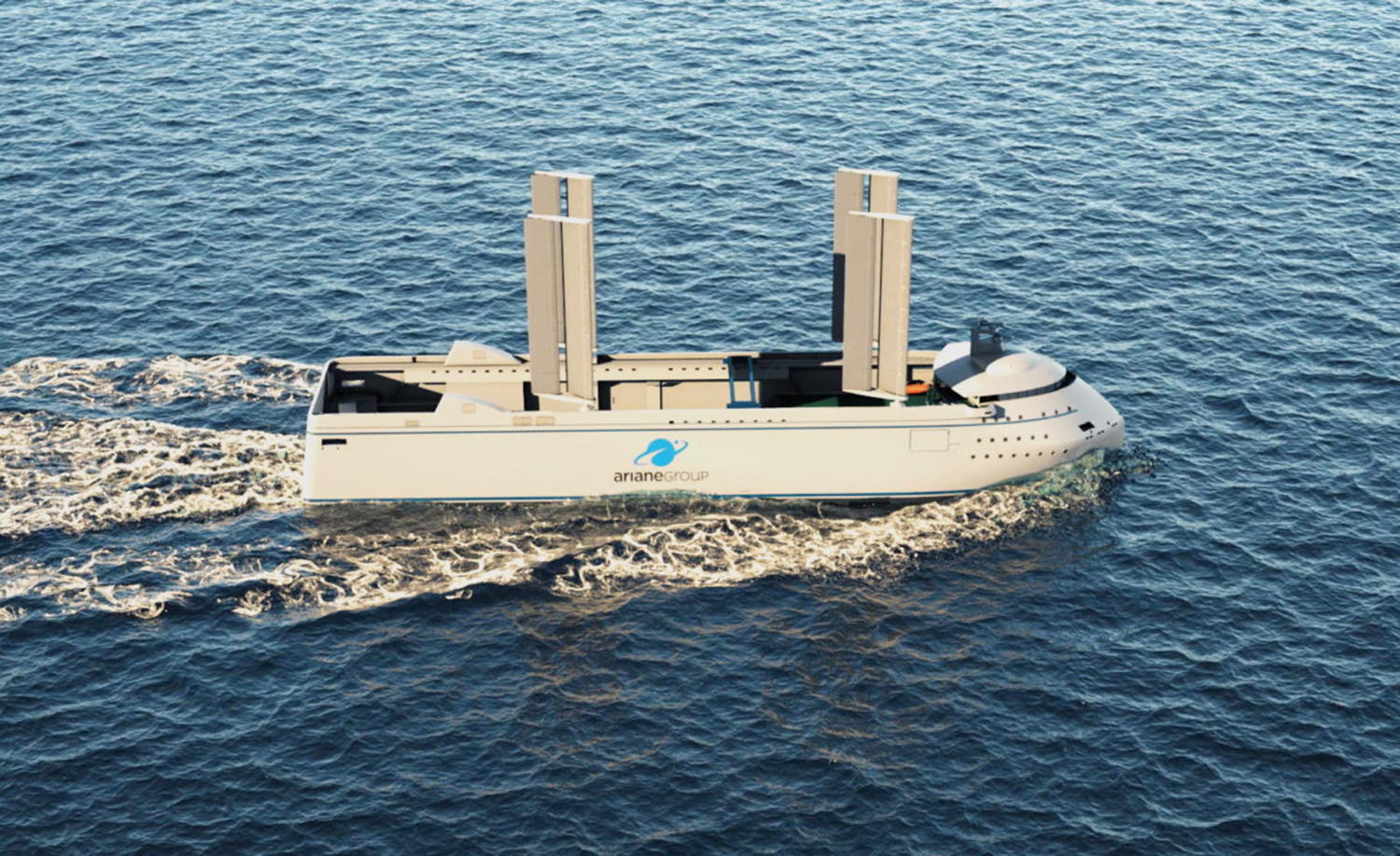Wind propulsion of modern cargo vessels has become a viable option for shipowners
as many solutions have neared the commercial stage. HANSA talked to Gavin Allwright, Secretary of the International Windship Association (IWSA), about the market
Kites, rotors, hard sails, soft sails, suction wings and more – which technology has the most market potential?
Gavin Allwright[ds_preview]: This is always a challenging question and as IWSA Secretary General very difficult to answer. However, what is emerging is that there are various solutions for each shipping segment being tailored for those specific needs. In retrofit, wind-assist terms, tankers and bulkers with deck space can take heavier and fixed rigs such as rotors, large hard and soft sail rigs etc. Where deck space is at a premium, then an off-deck option such as a kite may be the go-to-solution. A modular approach, with containerised versions of suction wings or hard sails gives flexibility for a plug on-plug off approach and where air-draft is a key restriction or vessels are geared then movable, retractable or hinged rigs would be the way to go. For optimised newbuilds, then these considerations can be fully integrated at the design stage.
Several wind propulsion projects have reached the commercial stage, but there are still market barriers for the technology. What are the most important ones?
Allwright: We are seeing a number of barriers coming down, the technology is increasingly proven, class is involved as you would expect and we have a growing number of demonstrators. The main market barriers that face wind propulsion uptake are; fuel price, investment decision making, data availability and perception. The perception of wind propulsion solutions among shipowners, financiers, regulators etc. has been challenging, but this is changing and increasingly viewed as a credible, viable and economically attractive solution. Investment decisions based on short or medium term ROIs and the problem of the existing split incentive with shipowners shouldering the cost of technology but charterers benefiting from the substantially lower fuel costs continues to be a challenge, but leasing options and financial structures are being developed to bridge those issues. Performance data being more available for shipping companies is also an area that is improving. However, the low price of fossil fuel due to tax and carbon pricing policy strongly impacts the uptake of primary renewables, such as wind. Levelling the playing field is difficult however the adoption of a ring-fenced carbon levy would be an important step forward, where the proceeds are returned to the industry in subsidies for decarbonisation technologies.
Is IMO 2020 providing a boost to wind propulsion (more interest from the industry noticed actual contracts) or do you expect that to happen in light of high fuel prices for VLSFO?
Allwright: IMO2020 has had a number of effects in relation to the uptake of wind propulsion (and decarbonisation as a whole). The focus on this transitional regulation has diverted resources and capacity away from the far more transformative decarbonisation agenda. It has nevertheless proved that the industry can implement sweeping changes in the face of international pollution controls and that bodes well for the future carbon restrictions. Finally, the upward pressure on fuel prices is obviously making wind propulsion more attractive, where 5-20% savings from retrofit can be delivered in the market now, with potential for higher levels as the technology is optimised and incorporated into newbuilds. Wind propulsion helps future proof the fleet, so the volatility and uncertainty around IMO 2020 certainly feeds into that narrative.
What is the sentiment among the IWSA shareholder companies? Are they confident looking into the future?
Allwright: The members of IWSA are bullish and their optimism is fueled by the increased level of industry engagement over the last 18 months. Big industry players like MOL, Maersk Tankers, Louis Dreyfus Armateurs, K-Lines and others are moving into this space. The market projections include an EU commissioned report stating that if some wind propulsion technologies for ships reached marketability in 2020, the maximum market potential for bulk carriers, tankers and container vessels is up to 10,700 installed systems until 2030. The UK Government’s Clean Maritime Plan last year assessed the global market for wind propulsion systems to grow from a conservative 300mill. £ per year in the 2020s to around 2 bn £ per year by the 2050s worldwide.
Interview: Felix Selzer




















